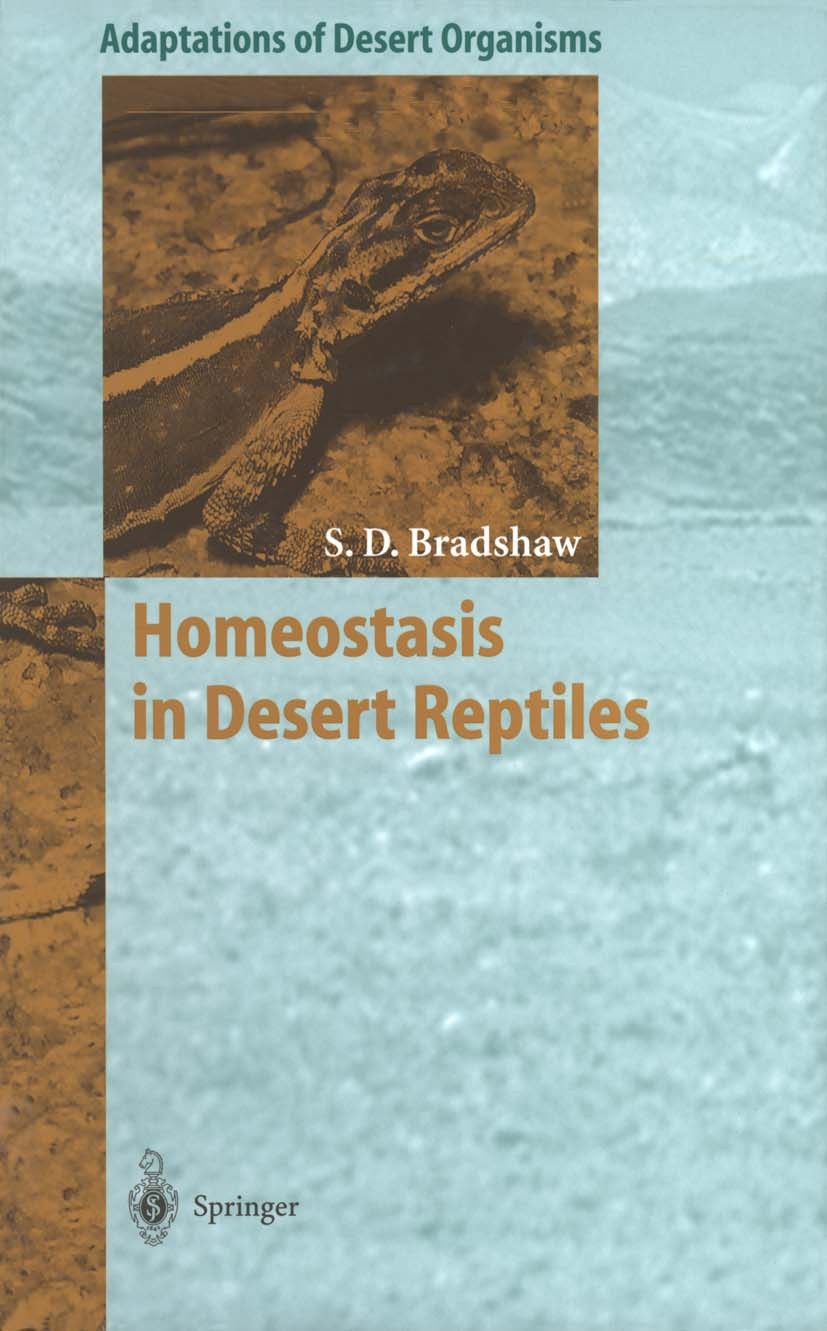| 書(shū)目名稱 | Homeostasis in Desert Reptiles | | 編輯 | S. Donald Bradshaw | | 視頻video | http://file.papertrans.cn/429/428051/428051.mp4 | | 叢書(shū)名稱 | Adaptations of Desert Organisms | | 圖書(shū)封面 |  | | 描述 | Deserts, whether hot or cold, are considered to be one of the most difficult environments for living systems, lacking the essential free water which ac- counts for approximately 60-70% of their body mass and more than 98% of their constituent atoms {Macfarlane 1978}. Amongst vertebrates, reptiles are usually thought of as the animals most adapted or suited to such environments because of their diurnal habit, based on a need for external heat, and their ability to survive far from obvious sources of water. This impression is rein- forced when one examines the composition of vertebrate faunae characteristic of deserts and arid zones: reptiles predominate and they are often the only vertebrates to be found in hyper-arid areas, such as some parts of the Sahara {Monod 1973}. I recently had occasion to examine this assumption carefully, however, and was led inexorably to the conclusion that reptiles represent a particularly successful desert group, not because of their evolution of superior adaptations, but because of their possession of a basic suite of behavioural and physiologi- cal characteristics that suit them uniquely to this very resource-limited environment {Bradshaw 1986a}. The | | 出版日期 | Book 1997 | | 關(guān)鍵詞 | Herpetologie; Reptilien; Wüste; adaptation; adaption; desert; ecophysiology; environment; herpetology; homeos | | 版次 | 1 | | doi | https://doi.org/10.1007/978-3-642-60355-6 | | isbn_softcover | 978-3-642-64368-2 | | isbn_ebook | 978-3-642-60355-6Series ISSN 1430-9432 | | issn_series | 1430-9432 | | copyright | Springer-Verlag Berlin Heidelberg 1997 |
The information of publication is updating

|
|
 |Archiver|手機(jī)版|小黑屋|
派博傳思國(guó)際
( 京公網(wǎng)安備110108008328)
GMT+8, 2025-10-6 19:37
|Archiver|手機(jī)版|小黑屋|
派博傳思國(guó)際
( 京公網(wǎng)安備110108008328)
GMT+8, 2025-10-6 19:37


